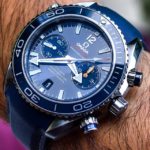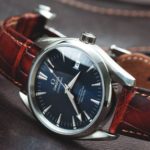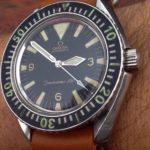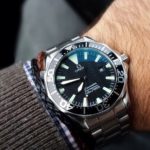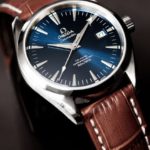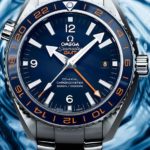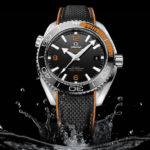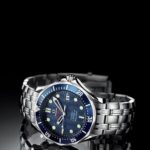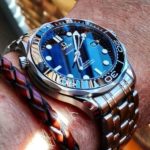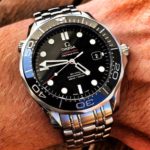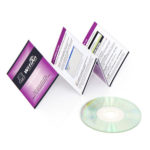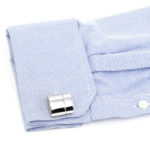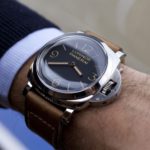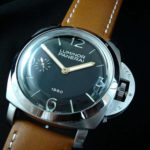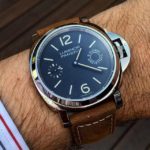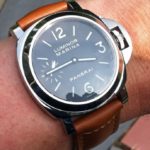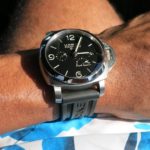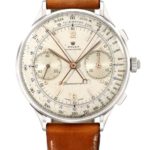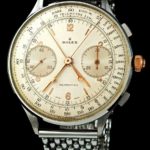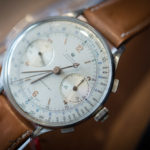How Musicians Make Money
In the old days … and it isn’t the old days anymore … musicians made money by receiving it from their label. All the money from album sales, concert tickets, and merchandise, then later all the money from promotions and things, was collected by a label and then paid out to all the people who had jobs making that money. The musician was one of those people. I’ve heard they made around $1 for every $10 of an album sale, and probably more money from shows.
Napster disrupted album sales and resulted in a period in which we didn’t know how artists would make money. That seems to have settled down quite a bit, and now there are a lot of services where people get or buy music that goes to musicians, sometimes directly if they’re independent, sometimes to their label.
Recently, a musician for the Seattle band Samuel Orson posted his stats for earnings from across the various platforms he used to stream and provide downloads. To get the data, he used Distrokid.
Overview:
Bandcamp: $1,025 for 2 albums with free download option
Spotify: $706.02
Itunes: $198.80
Apple Music: $36.44
Amazon: $28.26
Google Play all Access: $14.03
Google Play: $8.04
Tidal: $5.49
YT music: $1.00
Deezer: $0.86
Groove Downloads: $0.70
Pandora: $0.33
Itunes Match: $0.29
Groove Streaming: $0.09
Further info:
Spotify had 176,548 streams, meaning .004 per stream, or $1000/1m streams.
YouTube had 356,064 streams, meaning .0004 per stream, or $400/1m streams.
iTunes provides $.77 for every $1.00 sale, or $770,000/1m purchases.
Bandcamp provides $.78 for every $1.00, or $780,000/$1m dollars. However, this uses PayPal, which incurs a further 3% plus 30c for each purchase. And if earnings go over $5,000, they reduce their cut to 10%.
– Bandcamp allows musicians to allow free downloads and to pay as the listener wants to pay. In Orson’s experience, 20% of people paid who downloaded his album there. (Note: the more a person pays, the higher the percentage the artist receives)
Now we’ll turn away from Orson to look at another way musicians make money in 2017 — by playing shows an selling merchandise. For a look at a small, popular band that did a tour and broke down the money aspect, click here.
Live music:
Small, popular headliner hired by a venue: $500-700 plus hotel and flights (cost to venue $1000). Bands therefore often have to split the money and each person makes around $100 per show. If they don’t get a plane ticket, they have to travel in their own vehicles to the show.
CD sale: $10 or $15
T-shirt sale: Around $25
Live streams:
A new way musicians make money in 2017 is Twitch. The platform is primarily for gaming, but you can stream anything there. Reportedly, donations can be higher than what a musician can make from streaming/download sales.
Patreon:
Fans donate money for each video or other thing done by a musician.
A lot of people used to complain about record labels and how they took all the money and left the musicians with very little, but looking at all the work involved in creating accounts, promotion, maintenance and management of all these possible streams of revenue, plus the costs and effort of organizing, recording, packaging, marketing, with photo and video, editing, equipment, you might wonder if it was that bad?
A Bug-Out Kit Needs to Have These Things
– Antiseptic, antibiotic, anesthetic, aspirin
Why? If you cut yourself, and it gets infected, you will have to be treated in a hospital. If you need surgery and can’t stand the pain, you will have to be treated in a hospital.
– Phones and SIM cards, burners, mailable phones, encrypted apps that hide location of phone by pinging through other locations
– Instructions of what people should do if interrogated, what they should ask the interrogators, etc
– Computers with Linux, TOR, IPs, bookmarks
– Mailing addresses, emails, phones, social media account addresses of all contacts
– Costumery, hair dye, social stratification wardrobe
– Big supply of any medications
– Emergency outdoors kit (firestarter, space blanket, water-purification tablets, metal vessel, machete, tinder)
– Outdoor survivalism kit – basic (camouflage covers like bag cover, windbreaker, pants, waterproof, waterproof bags, lots of tape)
– Outdoor survivalism kit – advanced (pvc pipes, tarp, binoculars, cordage, tread-covers, hunting bow + arrows, green matte paint, fuel canisters, car-break kit, solar/crank power + batteries kit, color printer)
– Long-term food supply
– Toiletries (soap, shampoo, toothbrush, toothpaste, Q-tips, toilet paper, detergent)
– Book about edible foods in the area, where it lives, how to catch and treat meat
– Maps, printed out and stored digitally, roads, backroads
– Contact information for civil liberties lawyers
– Licence plates
– Tool kit, including screwdriver
– Duplicate, triplicate
Omega Seamaster Watch with Cuffs
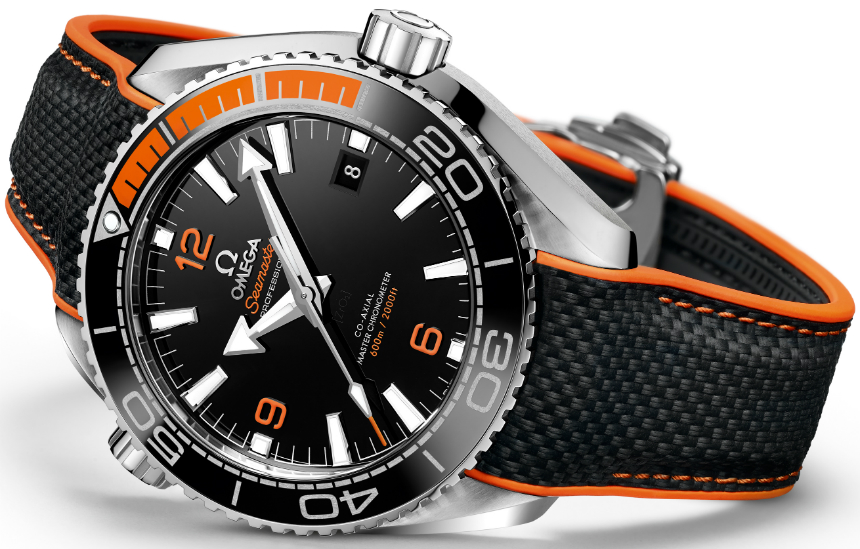
Here’s how a cufflink and watch fan matches their outfit: Matching Omega cufflinks and a Seamaster.
Not only fashionable, also function … and a pop culture reference.
The Omega Seamaster is a line of auto-wind and quartz watches. They started making them in 1948, so there are some vintage watch versions of these. They became pop a bit later, though.
The Seamaster is particularly popular among celebrities, with famous wearers including Prince William, Joe Biden, Jeremy Clarkson, Gabriel Holmes and Adam Savage. An Omega Seamaster typically has a stainless steel case and bracelet (Bond style with Omega symbol clasp), screw-in crown and case-back, engraved with the Omega hippocampus logo, up to 1200-metre water resistant, luminescent hands, unidirectional bezel, blue, silver or black dial with orange accents, sapphire crystal (anti-reflective) and helium release valve.
Yes, they are pretty much maybe most famous because of their association with a certain 007 intelligence agent. This is the watch featured in 8 recent Bond movies (starting in the 90s).
USB Luxury Cufflinks
Nice cufflinks, Mr. Bond.
The luxury of cufflinks now includes the luxury of convenient data storage. These cufflinks were funny so we thought we’d share them. They’re 4Mb USBs, but they also have Wi-Fi and software included. The only downside is they appear to be out of stock.
One of the cufflinks is actually the flash drive, and the other is the mini router for wi-fi.
Cufflink details from the manufacturer:
“Perfect for meetings or avoiding those hotel Wi-Fi fees. Our Polished Oval Wi-Fi/4GB USB Cufflinks are truly a case of form meeting function. They’re crafted from rhodium-plated base metal with a brilliant silver finish. Each cufflink measures .75″w x .75″l x .25″h and secures with a straight post whale-back closure.
“With our Polished Oval Wi-Fi/4GB USB Cufflinks, you’re always in the hotspot. Order on the down-low from Brookstone today.”
These gleaming oval cufflinks hold an intriguing secret.
4GB USB Flash drive in one cufflink stores digital files
Mini router in second cufflink creates Wi-Fi hotspot
Wi-Fi range of 150′
Software included
Rhodium-plated metal with brilliant silver finish
.75″w x .75″l x .25″h each, with straight post whale-back closure
For more information on these luxury cufflink USBs (click here).
Panerai Luminor Oak Leather Strap On: Sophisticated and Comfortable

In addition to the Panerai Luminor Base this is the second large-scale classic by Officine Panerai. With additional small seconds display. In the 1990s also this model was a surprise success and become a real cult. You can regard these dive watches as pioneers of the upcoming wave of great and striking wristwatches.
The company is actually called Officine Panerai. They’re a luxury Swiss watch manufacturer.
Some details on the Panerai Luminor …
Movement:
Manual winding movement, exklusive calibre Panerai OP XI (base ETA 6497-2), 21,600 A/h
COSC-certified chronometer
16½ lignes
Swan’s neck fine regulation
Bridges with Geneva stripes
Glucydur balance wheel with Nivarox-1 balance spring
Incabloc shock protection
17 jewels
Power reserve 56 h
Bracelet:|
Calf leather or alligator leather strap, black or brown
Broad stainless steel-tang-type buckle with Panerai lettering
Rolex Split-Seconds Chronographs, Incredibly Rare Watches

These 1940’s vintage watches by Rolex, called the Split-Seconds Chronograph, were not made in bulk. It might surprise you to know that there remain only 8 of these now.
Like a lot of prized watches from the 40’s, this one is known not just for its fashion but for its technology as well: the Rolex Split-Seconds is 44 mm in diameter, outranking all other Rolex chronographs. Its case features a bezel designed as thin as technically possible which impressively makes the dial nearly as large as the case itself. And it is the only split-second chronograph wristwatch ever produced by Rolex.
Split-seconds is another word for double-chronograph, a watch that includes two separate stopwatch mechanisms in order to estimate two separate events of different durations. A watch with a double chronograph has two seconds hands. One hand is superimposed over the other. While one hand moves continuously, the other one can be either stopped, started or reset to zero.
The first push releases both hands. While one continues registering the time, the other hand can be repeatedly stopped. In order to stop and bring both hands to zero a watch has a return pusher. The position of the pusher, controlling the split-seconds function is usually at either 10 or 8 o’clock.
Price for these is kind of prohibitive. At a Christie’s auction in 2011 a RolexSplit-Seconds became the most expensive luxury watch they ever sold at $2.5 million.
